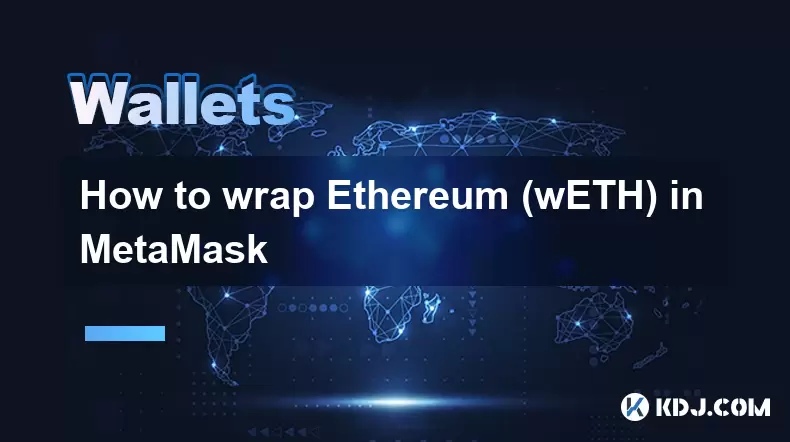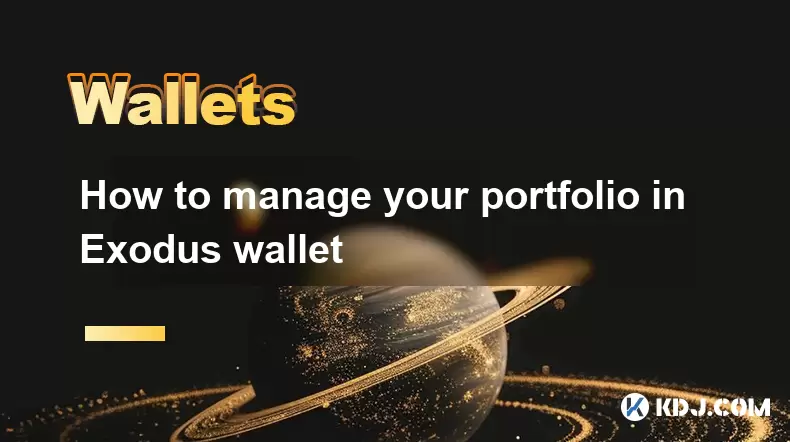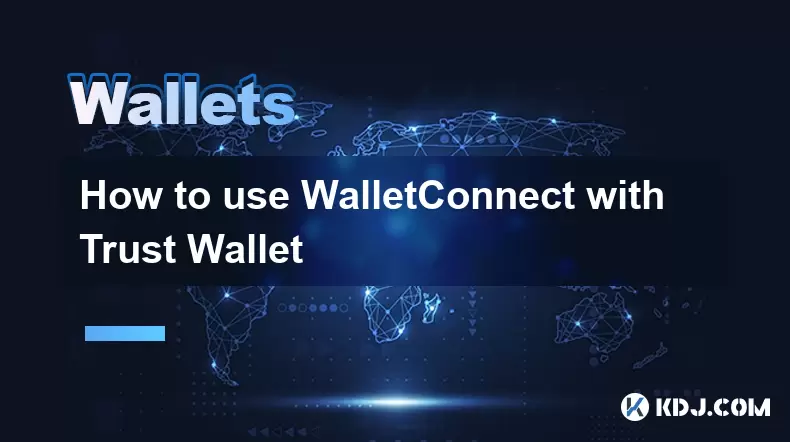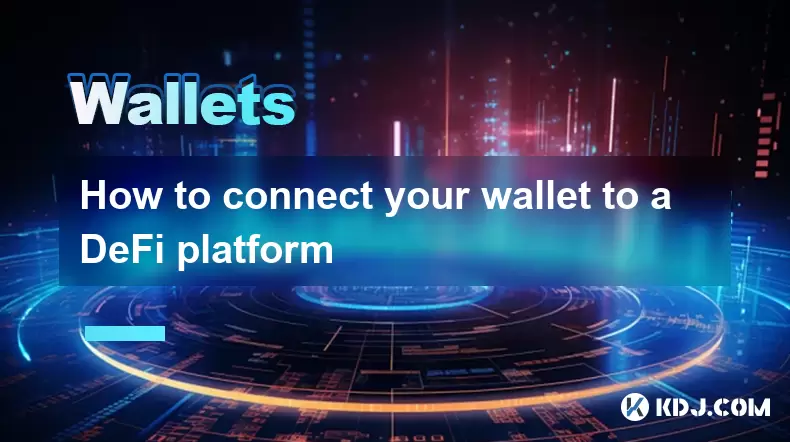-
 Bitcoin
Bitcoin $118300
0.52% -
 Ethereum
Ethereum $4541
1.94% -
 XRP
XRP $3.126
-0.88% -
 Tether USDt
Tether USDt $1.000
-0.04% -
 BNB
BNB $862.3
3.21% -
 Solana
Solana $192.7
2.37% -
 USDC
USDC $0.9999
0.00% -
 Dogecoin
Dogecoin $0.2337
-0.45% -
 Cardano
Cardano $0.9547
0.21% -
 TRON
TRON $0.3518
-0.76% -
 Chainlink
Chainlink $24.56
12.38% -
 Hyperliquid
Hyperliquid $47.56
0.55% -
 Stellar
Stellar $0.4311
-0.42% -
 Sui
Sui $3.816
1.91% -
 Bitcoin Cash
Bitcoin Cash $589.6
-0.53% -
 Ethena USDe
Ethena USDe $1.001
0.00% -
 Hedera
Hedera $0.2556
1.43% -
 Avalanche
Avalanche $24.75
3.13% -
 Litecoin
Litecoin $122.0
2.66% -
 Toncoin
Toncoin $3.488
-0.17% -
 UNUS SED LEO
UNUS SED LEO $9.454
-1.21% -
 Shiba Inu
Shiba Inu $0.00001317
0.95% -
 Uniswap
Uniswap $11.17
1.80% -
 Polkadot
Polkadot $4.053
2.26% -
 Dai
Dai $0.9999
-0.02% -
 Bitget Token
Bitget Token $4.698
1.81% -
 Cronos
Cronos $0.1530
1.57% -
 Monero
Monero $265.8
10.83% -
 Ethena
Ethena $0.7333
1.63% -
 Pepe
Pepe $0.00001122
2.74%
How to generate a payment address for a Binance wallet?
Binance automatically generates unique deposit addresses per cryptocurrency, requiring users to select the coin before receiving funds; using the correct address is crucial to avoid irreversible loss.
Mar 19, 2025 at 07:28 pm

Key Points:
- Binance supports multiple cryptocurrencies, each requiring a unique address.
- Generating addresses is usually straightforward within the Binance app or website.
- Security best practices involve regularly generating new addresses for enhanced privacy and security.
- Understanding the difference between deposit and withdrawal addresses is crucial.
- Different Binance services (e.g., Binance Spot, Binance Futures) may have separate address generation methods.
How to Generate a Payment Address for a Binance Wallet?
Binance, a leading cryptocurrency exchange, doesn't function exactly like a traditional wallet where you generate addresses independently. Instead, Binance provides you with deposit addresses specific to each cryptocurrency you wish to receive. These addresses are unique and change depending on the coin or token and are generated automatically when you initiate a deposit. You don't actively "generate" them in the same way you might with a self-custodial wallet like MetaMask.
To receive cryptocurrency on Binance, you first need a Binance account. If you don't have one, you'll need to create an account, completing the necessary KYC (Know Your Customer) verification processes. This is a crucial security step Binance takes to comply with regulations and protect its users.
Once you're logged into your Binance account, navigate to the "Funds" or "Wallet" section. The exact wording may vary slightly depending on the interface and any updates Binance implements. You should see a clear option for "Deposits".
Clicking on "Deposits" will present you with a list of supported cryptocurrencies. Select the specific cryptocurrency you intend to receive. For example, if you want to receive Bitcoin (BTC), you'll select BTC from the list.
Binance will then display a unique deposit address for that specific cryptocurrency. This address is crucial – you must provide this address to the sender. Using the incorrect address will result in the loss of your funds. Always double-check the address before sharing it with anyone. This address is often presented as a QR code for easy scanning.
This process repeats for each cryptocurrency you wish to receive. Each coin or token will have its own unique deposit address within your Binance account. Trying to use a Bitcoin deposit address for Ethereum, for example, will fail.
Binance also often displays a Memo or Destination Tag for certain cryptocurrencies like XRP or Stellar Lumens (XLM). This additional identifier is crucial for correctly routing your funds; failure to include it can lead to irreversible loss. Always pay close attention to these additional requirements.
Remember, your Binance deposit address is linked to your Binance account. You cannot generate addresses independently and have them associated with an external wallet. It's directly tied to your Binance account for security and tracking purposes.
For enhanced security and privacy, consider generating a new deposit address each time you expect to receive funds. While not strictly a "generation" in the traditional sense (Binance handles this automatically), requesting a new address effectively achieves the same outcome. This minimizes the risk associated with compromised addresses.
While you don't generate addresses in the same way you would with a software wallet, the process of obtaining a deposit address for each transaction on Binance provides a similar level of security and control. Always prioritize verifying the address before sharing it to prevent the loss of your funds.
Binance offers different services, including Spot trading, Futures trading, and margin trading. Each service may have its own separate wallet and, therefore, its own deposit addresses. Always ensure you're using the correct address for the specific service you intend to use. Using an incorrect address can result in significant losses.
Security is paramount. Never share your Binance deposit addresses with untrusted sources. Be cautious of phishing scams and malware, which could attempt to steal your credentials and access your funds. Always access Binance through the official website or app to avoid potential security breaches.
Frequently Asked Questions:
Q: Can I generate multiple addresses for the same cryptocurrency within my Binance wallet?
A: You don't directly generate multiple addresses. However, you can request a new deposit address each time you receive funds. Binance will provide a new address for each transaction, effectively achieving the same result.
Q: What happens if I use the wrong deposit address?
A: Using the wrong deposit address will likely result in the irreversible loss of your funds. The cryptocurrency will be sent to an address you don't control, and recovery is extremely difficult, if not impossible.
Q: Are Binance deposit addresses the same as withdrawal addresses?
A: No, deposit and withdrawal addresses are different. Your deposit address is where you receive crypto; your withdrawal address is where you send crypto from your Binance account.
Q: How do I find my withdrawal address on Binance?
A: Withdrawal addresses aren't generated within Binance. You provide the withdrawal address to Binance when initiating a withdrawal. This address should be the address of your external wallet.
Q: Is it safe to use Binance's address generation method?
A: Binance is a reputable exchange, but like all platforms, it's subject to security risks. Following best practices, such as using strong passwords, two-factor authentication, and regularly checking your account activity, is crucial to minimize these risks. Always use the official Binance website or app.
Disclaimer:info@kdj.com
The information provided is not trading advice. kdj.com does not assume any responsibility for any investments made based on the information provided in this article. Cryptocurrencies are highly volatile and it is highly recommended that you invest with caution after thorough research!
If you believe that the content used on this website infringes your copyright, please contact us immediately (info@kdj.com) and we will delete it promptly.
- Kazakhstan's Crypto Leap: Bitcoin ETF and Central Asia's Digital Finance Future
- 2025-08-13 12:45:19
- BlockDAG Presale Blazes Past $371M: Fundraising Frenzy Fuels Crypto Sensation
- 2025-08-13 13:05:21
- Meme Coins: Chasing the 2025 Surge – Which Will Moonshot?
- 2025-08-13 10:25:23
- Bitcoin's Wild Ride: Rally, Pullback, and What's Next
- 2025-08-13 10:25:23
- Bitcoin, Bitmax, and Institutional Demand: A New Era of Crypto Investment
- 2025-08-13 10:45:12
- Solana, ROAM, and Airdrops: What's the Buzz in 2025?
- 2025-08-13 11:35:13
Related knowledge

How to wrap Ethereum (wETH) in MetaMask
Aug 13,2025 at 11:36am
Understanding Wrapped Ethereum (wETH)Wrapped Ethereum (wETH) is a tokenized version of native Ethereum (ETH) that conforms to the ERC-20 standard, ena...

How to manage your portfolio in Exodus wallet
Aug 08,2025 at 10:07pm
Understanding the Exodus Wallet InterfaceThe Exodus wallet is a non-custodial cryptocurrency wallet that supports a wide range of digital assets. When...

How to manage your portfolio in Exodus wallet
Aug 13,2025 at 11:35am
Understanding the Exodus Wallet InterfaceThe Exodus wallet is a non-custodial cryptocurrency wallet that supports a wide range of digital assets. Upon...

How to reset your MetaMask password
Aug 08,2025 at 01:28pm
Understanding the MetaMask Password Reset ProcessMany users confuse the MetaMask password with the seed phrase or private key, but they serve differen...

How to use WalletConnect with Trust Wallet
Aug 13,2025 at 01:07am
What Is WalletConnect and Why It Matters for Trust Wallet UsersWalletConnect is an open-source protocol that enables secure communication between dece...

How to connect your wallet to a DeFi platform
Aug 13,2025 at 11:36am
Understanding Wallet Compatibility with DeFi PlatformsBefore connecting your wallet to any DeFi platform, it's essential to ensure your wallet is comp...

How to wrap Ethereum (wETH) in MetaMask
Aug 13,2025 at 11:36am
Understanding Wrapped Ethereum (wETH)Wrapped Ethereum (wETH) is a tokenized version of native Ethereum (ETH) that conforms to the ERC-20 standard, ena...

How to manage your portfolio in Exodus wallet
Aug 08,2025 at 10:07pm
Understanding the Exodus Wallet InterfaceThe Exodus wallet is a non-custodial cryptocurrency wallet that supports a wide range of digital assets. When...

How to manage your portfolio in Exodus wallet
Aug 13,2025 at 11:35am
Understanding the Exodus Wallet InterfaceThe Exodus wallet is a non-custodial cryptocurrency wallet that supports a wide range of digital assets. Upon...

How to reset your MetaMask password
Aug 08,2025 at 01:28pm
Understanding the MetaMask Password Reset ProcessMany users confuse the MetaMask password with the seed phrase or private key, but they serve differen...

How to use WalletConnect with Trust Wallet
Aug 13,2025 at 01:07am
What Is WalletConnect and Why It Matters for Trust Wallet UsersWalletConnect is an open-source protocol that enables secure communication between dece...

How to connect your wallet to a DeFi platform
Aug 13,2025 at 11:36am
Understanding Wallet Compatibility with DeFi PlatformsBefore connecting your wallet to any DeFi platform, it's essential to ensure your wallet is comp...
See all articles

























































































